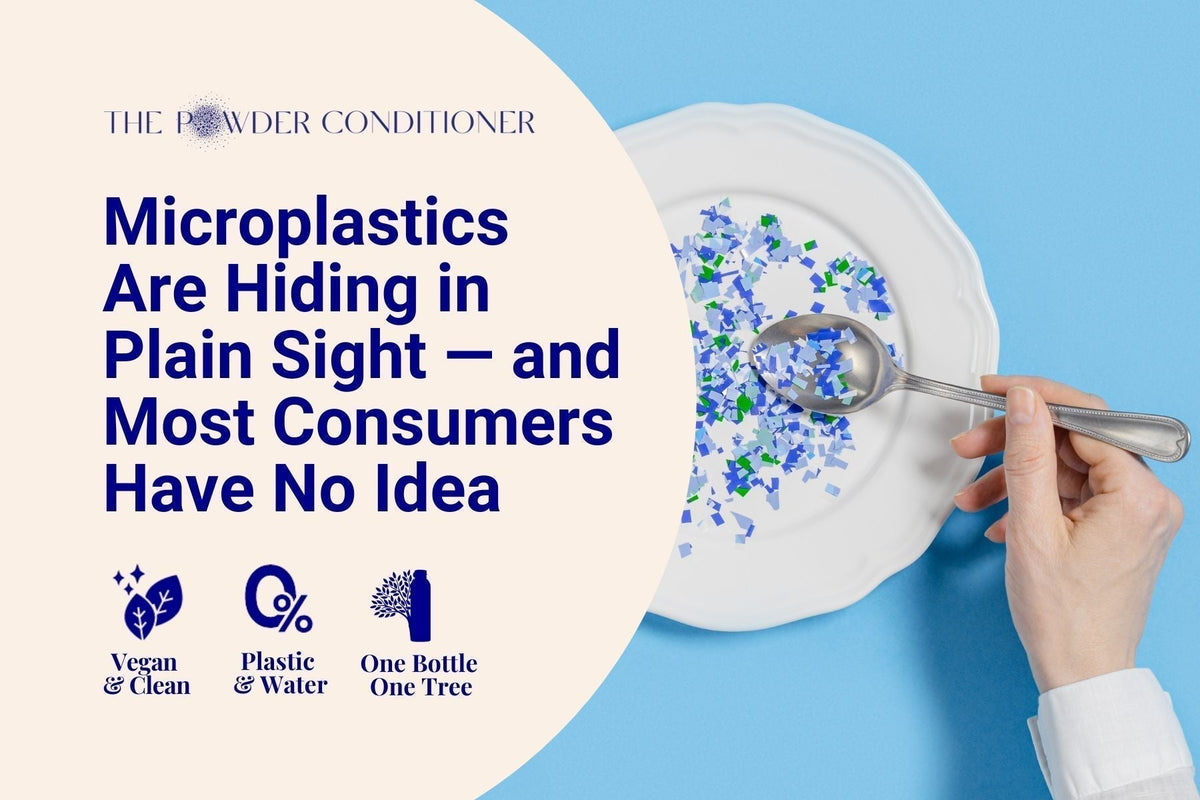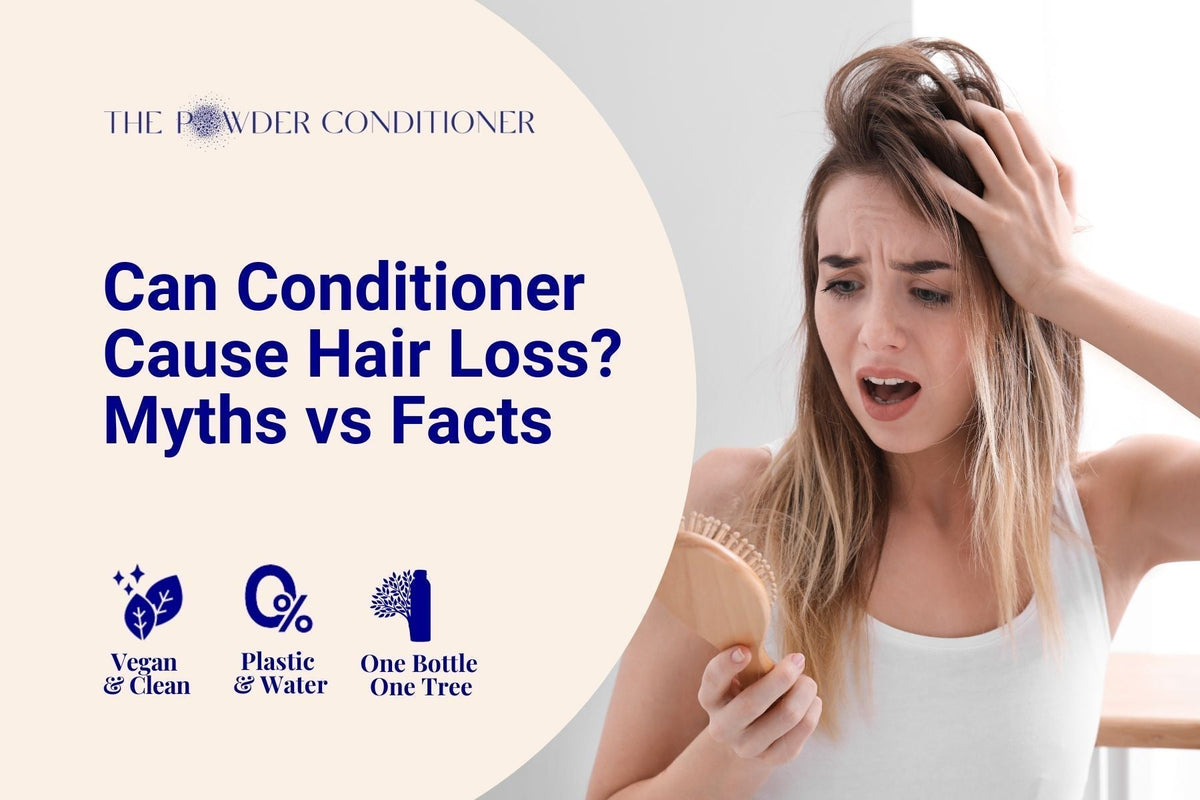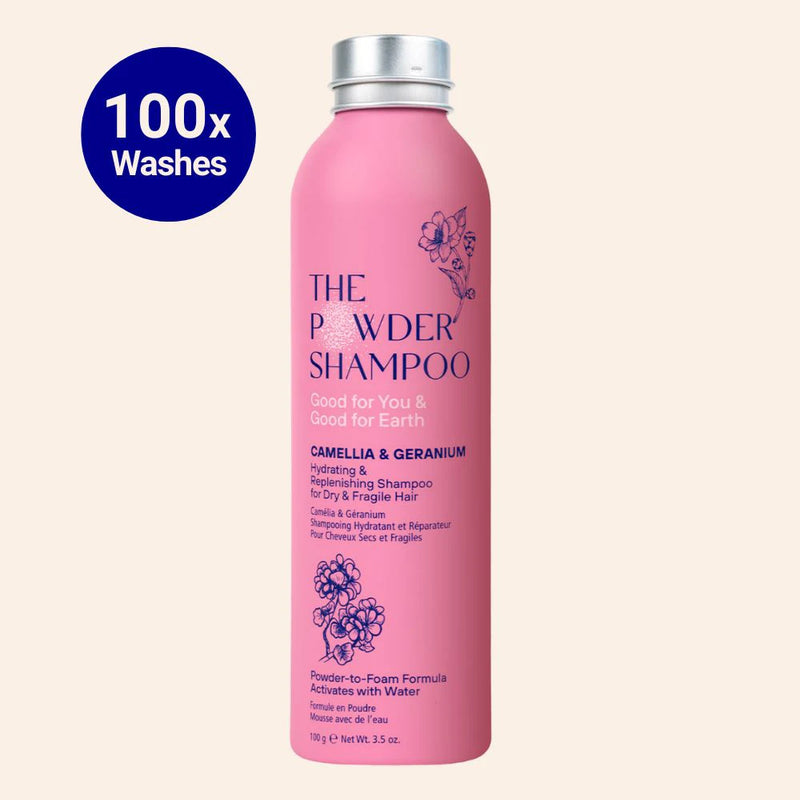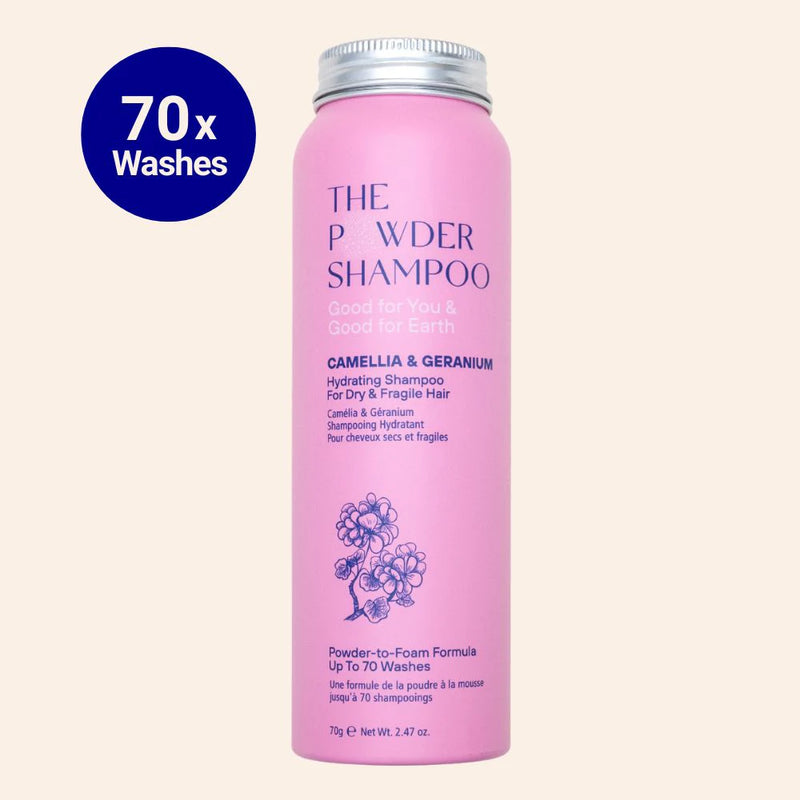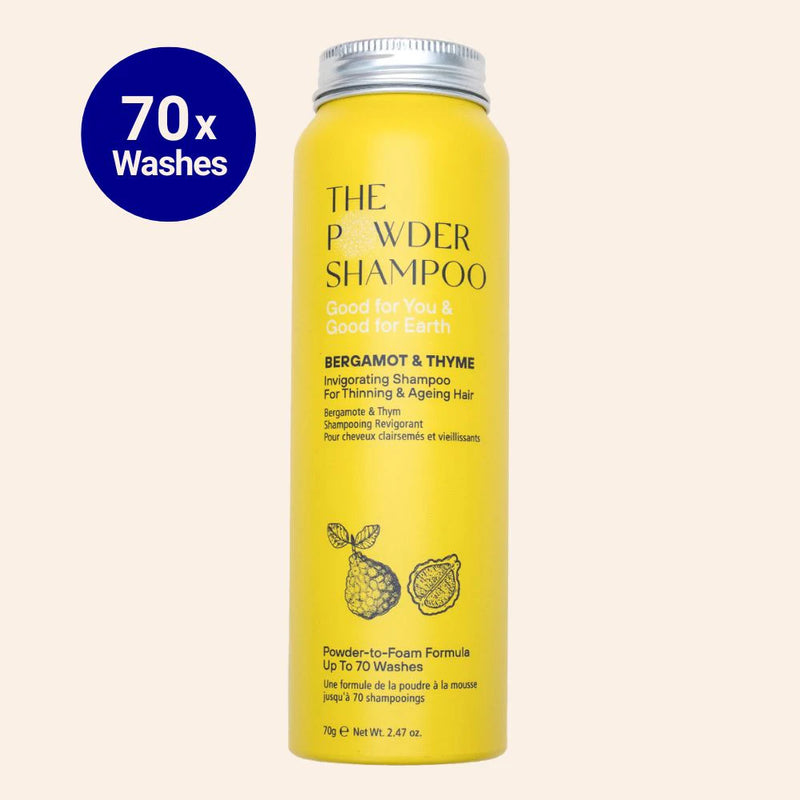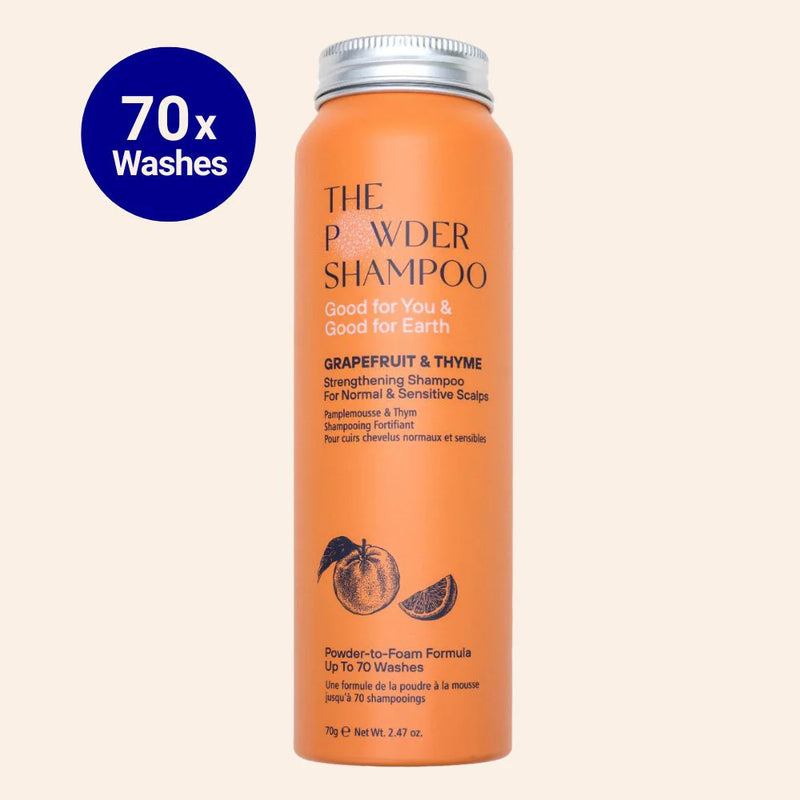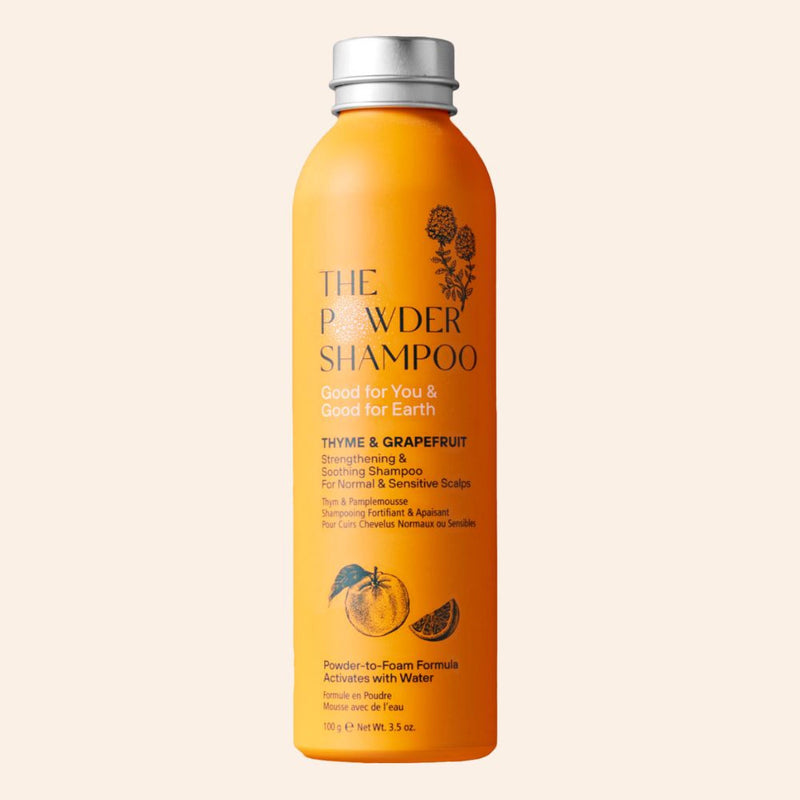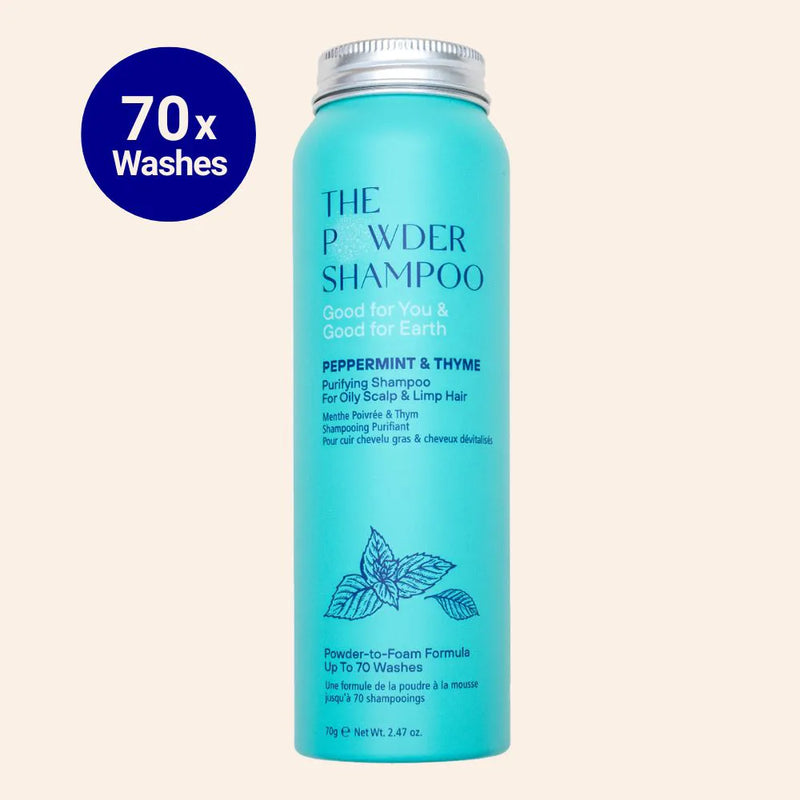The Silicone Illusion: What’s Really in Your Shampoo and Why It’s Time to Go Silicone-Free
Meta Description:
Silicones may make your hair feel soft and smooth, but there’s more to the story. Discover how they work, how to spot them, and why going silicone-free is the best move for your hair and the planet.
SEO Keywords:
- silicones in shampoo
- silicone-free haircare
- how to spot silicones
- why silicones are bad for hair
- silicone-free transition
- natural shampoo alternatives
![]()
What Are Silicones and Why Are They in My Haircare?
Silicones are synthetic compounds derived from silicon, a naturally occurring element found in sand and quartz. Through a chemical process, silicon is bonded with oxygen, carbon, hydrogen, and other elements to create silicone polymers — flexible, water-resistant substances used in everything from medical implants and cookware, to lubricants and, yes, hair products.
In haircare, silicones are added to shampoos, conditioners, serums, and styling products to:
- Create a smooth, shiny appearance
- Reduce frizz and tangling
- Give hair a "soft" feel after use
They’re popular because they deliver instant cosmetic results, and they’re relatively inexpensive to manufacture. The most common ones you’ll see include:
- Dimethicone
- Cyclopentasiloxane
- Amodimethicone
- Phenyl Trimethicone
These ingredients form a thin, waterproof coating around each hair strand, which makes your hair feel sleek and look glossy.
![]()
The Problem: Why Silicones Aren’t as Harmless as They Seem
While silicones might sound safe — after all, they’re used in pacemakers and medical devices — the way they interact with skin and hair is a different story. The issue isn’t toxicity, but buildup, suffocation, and long-term impact.
1. They Don’t Heal, They Hide
Silicones don’t fix damage — they disguise it. The coating they form seals off the hair shaft, making it feel conditioned even when it’s still dry or brittle underneath.
2. They Block Moisture
That same coating also prevents moisture and nutrients from penetrating the hair. Over time, your strands become dependent on silicones to feel soft — while getting drier and weaker underneath.
3. They Build Up Over Time
Most silicones aren’t water-soluble, so they accumulate on your hair and scalp unless removed with strong surfactants like sulfates. Ironically, these sulfates strip your hair, causing you to need more conditioning — leading to a cycle of over-processing and under-nourishing.
4. They’re Not Eco-Friendly
Silicones are non-biodegradable, meaning they don’t break down easily in the environment. When rinsed down the drain, they contribute to long-term water pollution and ecosystem disruption.
![]()
How to Spot Silicones in Your Hair Products
Reading labels can be overwhelming, but spotting silicones gets easier once you know what to look for.
🔍 Common Silicone Ingredients:
Look out for ingredients that end in:
- -cone (e.g., dimethicone)
- -xane (e.g., cyclopentasiloxane)
- -conol (e.g., amodimethiconol)
Some examples include:
- Dimethicone (most common)
- Cyclomethicone
- Trimethylsiloxysilicate
- Dimethiconol
- Phenyl Trimethicone
💡 Pro Tip:
Even products labeled as “natural” or “moisturizing” can contain silicones. Always check the ingredient list, especially if the product doesn’t explicitly say “silicone-free.”
![]()
The Transition to Silicone-Free: What to Expect
Going silicone-free is a powerful step toward healthier hair — but it’s not always instant gratification. You may go through a transition period, especially if your hair has been dependent on silicones for years.
🤯 What Might Happen Initially:
- Hair feels rougher or frizzier
- Less shine, more tangles
- Scalp may feel drier or oilier as it rebalances
This is normal! What you’re feeling is your natural texture and your hair adjusting to life without a synthetic coating.
🌿 What Helps During the Transition:
- Use a clarifying treatment to remove buildup
- Deep condition with plant-based oils like argan, jojoba, or coconut
- Be patient — give your hair 2–4 weeks to adapt
- Use silicone-free, sulfate-free products throughout (like The Powder Shampoo)
![]()
Why It’s Worth It: The Benefits of Going Silicone-Free
Once your hair adjusts, the rewards are undeniable:
✅ Stronger, healthier strands
✅ Improved moisture absorption
✅ Fewer tangles, more natural shine
✅ Balanced scalp health
✅ Eco-friendlier routine with less plastic and synthetic runoff
Most importantly, you’re no longer relying on synthetic shortcuts — you’re giving your hair what it truly needs to thrive.
![]()
Final Thoughts: Choose Clean, Choose Conscious
Silicones may not be dangerous in the traditional sense, but they don’t belong in a truly nourishing haircare routine. They’re band-aids, not healers. As more people shift toward clean, sustainable beauty, going silicone-free is more than a trend — it’s a movement toward healthier hair, healthier habits, and a healthier planet.
If you’re ready to break free from the build-up and embrace your hair’s natural strength, try a powder-based, silicone-free shampoo that’s also plastic-free, waterless, and travel-friendly — like The Powder Shampoo.
Because your hair deserves more than a coating. It deserves true care.
Blog posts
Featured collection
- Regular Price
- CHF 15.00
- Sale Price
- CHF 15.00
- Regular Price
-
CHF 30.00
- Unit Price
- per
- Regular Price
- CHF 21.00
- Sale Price
- CHF 21.00
- Regular Price
-
- Unit Price
- per
- Regular Price
- CHF 23.00
- Sale Price
- CHF 23.00
- Regular Price
-
- Unit Price
- per
- Regular Price
- CHF 21.00
- Sale Price
- CHF 21.00
- Regular Price
-
- Unit Price
- per
- Regular Price
- CHF 15.00
- Sale Price
- CHF 15.00
- Regular Price
-
CHF 30.00
- Unit Price
- per
- Regular Price
- CHF 21.00
- Sale Price
- CHF 21.00
- Regular Price
-
- Unit Price
- per
